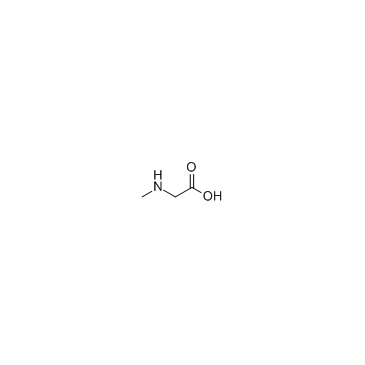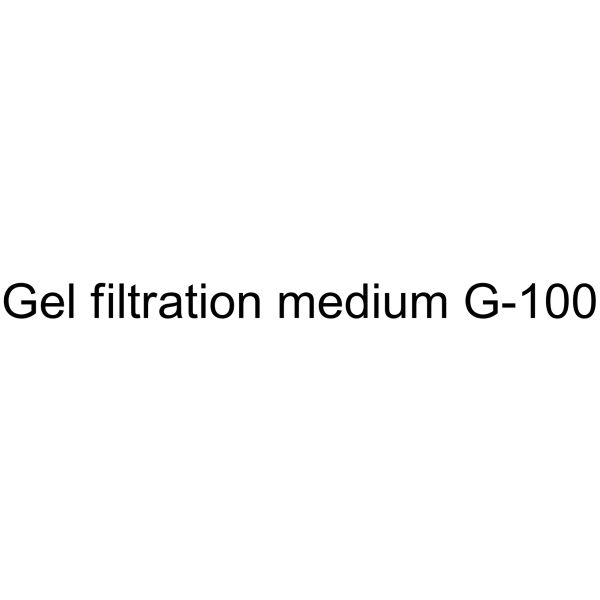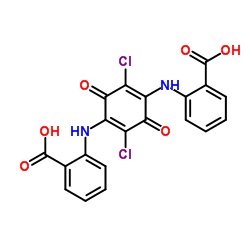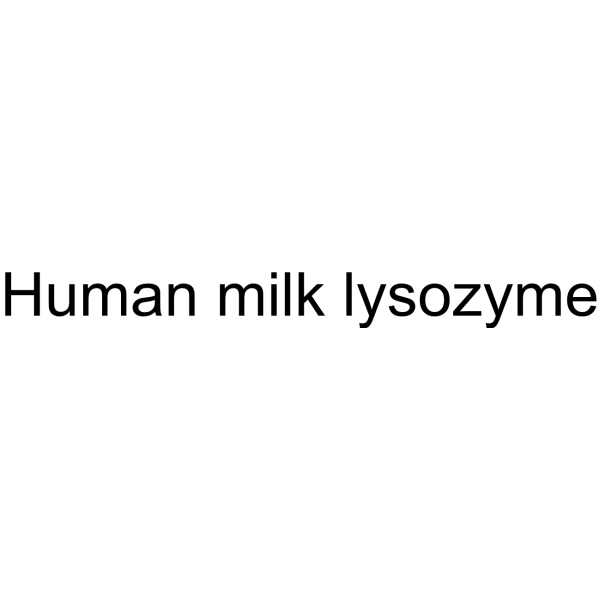| Structure | Name/CAS No. | Articles |
|---|---|---|
 |
Sarcosine
CAS:107-97-1 |
|
 |
SEPHADEX G-100
CAS:9050-94-6 |
|
 |
chymostatin
CAS:9076-44-2 |
|
 |
ec 2.7.3.2
CAS:9001-15-4 |
|
 |
1,4-Dithiothreitol
CAS:16096-97-2 |
|
 |
Human milk lysozyme
CAS:12671-19-1 |